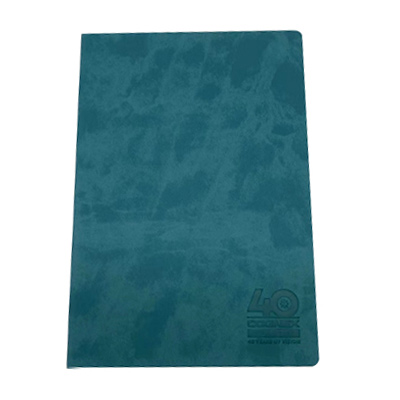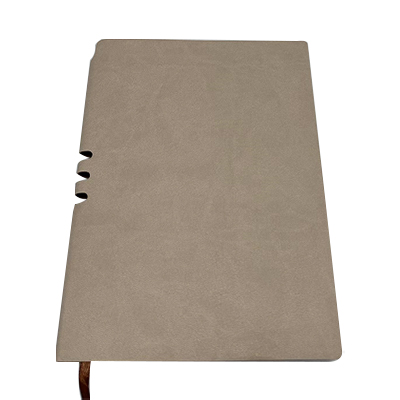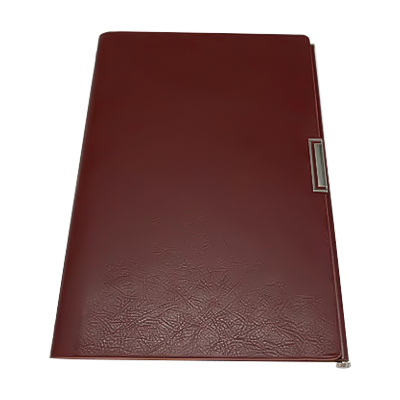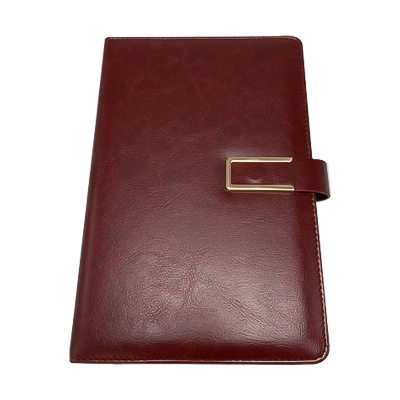Introduction
In modern society, disposable plastic tableware has greatly facilitated our daily lives, but the resulting environmental problems are becoming increasingly serious. Plastic tableware is difficult to degrade, and careless disposal can pollute soil and water bodies and have long-term impacts on ecosystems. With growing environmental awareness, paper tableware has gradually become a symbol of a green lifestyle.

1. Environmental Advantages of Paper Tableware
Degradability
Paper tableware is mostly made from plant fibers, such as wood pulp or sugarcane bagasse. These materials decompose quickly in the natural environment, typically within weeks to months, making them far more environmentally friendly than the hundreds of years it takes for plastic tableware to decompose.
Raw Material Safety
High-quality paper tableware is manufactured without harmful chemicals, such as bisphenol A (BPA) and phthalates, making it safe for human health. Compared to disposable plastic tableware, paper tableware is more suitable for children, pregnant women, and the elderly.
Low Carbon Footprint
The energy and carbon emissions required to produce paper tableware are relatively low, and the raw materials are renewable, helping to reduce overall carbon emissions. By using paper tableware, consumers are indirectly supporting the development of a low-carbon, environmentally friendly industry.
2. Types and Selection of Paper Tableware
Paper plates and bowls
Suitable for family gatherings, takeout, and small gatherings. Paper plates can support a certain amount of weight, and paper bowls are often used with soups and noodles.
Paper cups and straws
Paper cups are suitable for both hot and cold drinks, and some have a biodegradable, waterproof coating. Paper straws are a green alternative to plastic straws and are suitable for beverage shops and cafes.
Paper cutlery sets
Contains disposable cutlery such as paper knives, forks, and spoons, making them convenient for on-the-go. They are especially suitable for picnics, outdoor events, or office lunches, reducing the burden of cleaning.
Choice Recommendations
They are oil- and heat-resistant, preventing breakage from high temperatures or greasy foods.
Check for food safety certifications (such as FDA and LFGB).
Prefer products with biodegradable coatings or those without plastic film.
3. Integrating paper tableware into everyday dining
Family dining
Using paper tableware can reduce cleanup time, making it particularly convenient during busy weekdays or for holiday gatherings. Office Lunch
Using paper tableware in the office is hygienic and environmentally friendly, reflecting the company's green office philosophy.
Picnics and Parties
Disposable paper tableware is lightweight, easy to carry, and reduces the environmental impact, making it an ideal choice for outdoor activities.
Catering and Takeout
With the advancement of environmental protection policies, more and more takeout and catering companies are adopting paper tableware, which not only complies with regulations but also enhances the brand's environmental image.
4. Precautions and Usage Tips
Proper Disposal of Used Paper Tableware
Used paper tableware should be sorted: recyclable paper tableware should be placed in the recycling bin, while tableware with oil or residue should be placed in the kitchen waste to avoid secondary pollution.
Avoid High-Temperature Deep-Frying
Ordinary paper tableware is not suitable for direct exposure to high-temperature oil. Choose tableware that is heat-resistant and has an oil-resistant coating.
Possible Reuse
Some paper tableware can be reused for minor uses, such as for short periods of time to hold cold drinks or dry food, but proper hygiene is essential.

 English
English Deutsch
Deutsch Français
Français Español
Español русский
русский عربى
عربى





